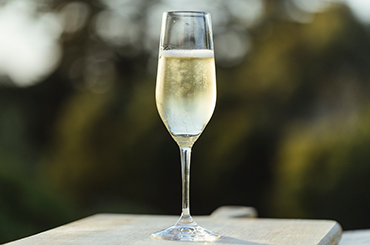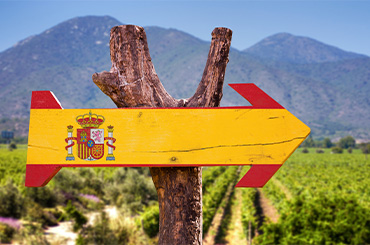My most exciting visit to a wine region in recent memory was to the Penedes in northwestern Spain, where some of the world’s most artisanal fizz is made. It is Cava, but not as we know it – at least in Australia, where this Spanish sparkling wine is largely unknown and also misunderstood.
While oceans of mediocre sparkling wine produced across 159 townships in Spain can legally claim the Cava moniker, the finest wines are found in and around the spiritual zone of Sant Sadurní d’Anoia, a municipality in Barcelona, at the foot of the Alt Penedes. This zone accounts for more than 90 per cent of production.
The most interesting expressions are hewn of three principal indigenous grape varieties: macabeu, parellada and xarello, imparting aroma, softness and a pliant length respectively, rather than rails of acidity so intrinsic to Champagne and sparkling styles from cooler regions.
The area is mountainous and the soils calcareous, with the best sites drawing on strong diurnal shifts forced by altitude and maritime influence. And yet, the region was tired, its reputation flagging until just over a decade ago. There was a demand for a philosophical shift among its producers, and a call to arms was met.
Better wines were suddenly borne of an intuitive approach in the vineyard and winery drawing on a natural benefaction, rather than the slavish endeavours to ape Champagne that defined the wines of the past and, sadly, too many wines even today.
Firstly came a regional acknowledgement that quality wine must first and foremost be faithful to its place. Secondly – and with this in mind – the attributes of the indigenous materials could be maximised rather than shunned or confused by a sense of inferiority and devotion to certain elements of the traditional Champagne production process. This neither suited this warmer region, nor the physiological tendencies of its grapes.
Pinot noir and chardonnay are still permitted blending agents here, as an homage to the northern region as much as a cultural chip on the shoulder. However, it is the indigenous grapes that provide the greatest excitement, particularly when grown on marginal sites. It’s the sort of excitement that comes from having one’s preconceptions shattered while pining for the next sip!
This excitement is further generated by lower dosage levels to promote Cava’s proclivity for fruit, while finding equilibrium with the lower natural acidity in the region’s grapes. There is also an increasing and sensitive use of oak of various provenances to imbue tension and structure, while a proliferation of amphorae is encouraging lees dispersion and textural intrigue. Producers are also now employing more appropriate periods of lees ageing, depending on the desired style, which is far from the legal minimal period of nine months.
Cava wines to try
While the headily dosed wines of Freixenet, the world’s largest producer of traditionally made fizz, drive the economic cogs of the region, another contemporary producer worth checking out is Loxarel, my favourite. They, like many, have extricated themselves from the Cava DO altogether in the name of a qualitative rebellion. Other names include Julia Bernet, Mas Candí, Recaredo and Mas Bertran. Producers more readily available here in Australia include Raventós l Blanc, and Cellars Can Suriol.
The wines from all of these producers provide welcome relief from the searing acidity of Champagne, and the litany of domestic sparkling styles that do their best to emulate Champagne. Most importantly, these better wines challenge old ideas about what Cava is all about, reflecting a small band of producers who are crafting scintillating wines.
For more on other Spanish wine styles, read about the nation’s red wines here.






